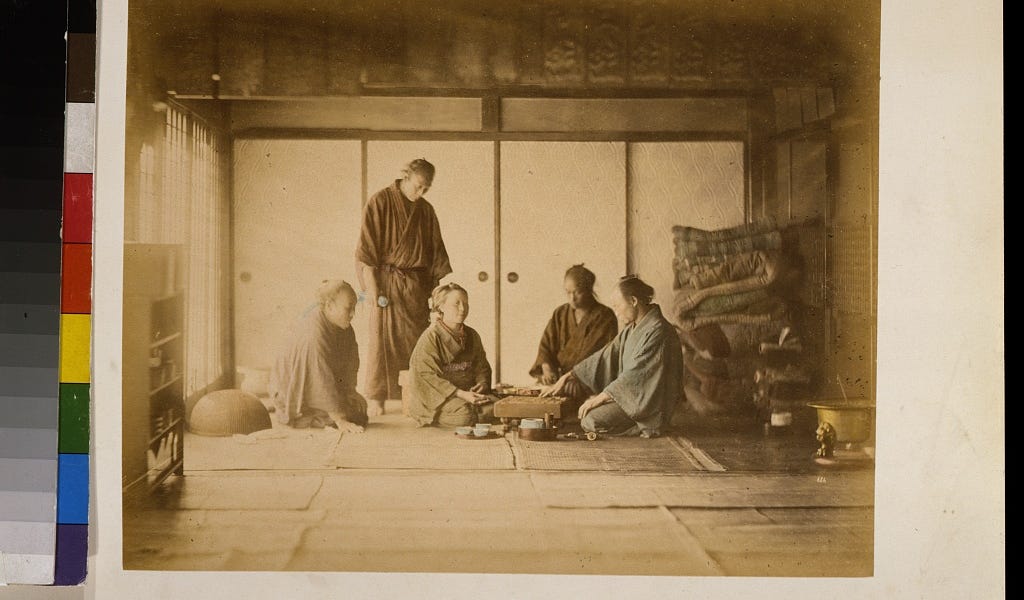After AI beat them, professional go players got better and more creative

🌈 Abstract
The article discusses how professional Go players became more creative and improved their gameplay after the AI system AlphaGo defeated the best human Go players. It explores how this event led to a surge in innovation and skill among human Go players, challenging the notion that they had reached a limit in their abilities.
🙋 Q&A
[01] After AI beat them, professional Go players got better and more creative
1. Questions related to the content of the section:
- What was the impact of AlphaGo's victory over the best human Go players?
- After AlphaGo's victory, the weakest professional Go players became better than the strongest players before AI. The strongest players also pushed beyond what had been thought possible.
- Did the human players simply imitate the AI's moves?
- No, the human players did not just imitate the AI's moves in a mechanical way. They also became more creative, with an increase in historically novel moves and sequences.
- What percentage of the improvement came from moves that could have been memorized from the AI, versus "human moves" that deviated from the AI's play?
- Approximately 40% of the improvement came from moves that could have been memorized by studying the AI, while 60% of the improvement came from "human moves" that deviated from the AI's play.
- How did AlphaGo's success force the human players to reevaluate their approach?
- AlphaGo's success forced the human players to reevaluate certain moves and abandon weak heuristics, allowing them to see possibilities that had been missed before.
[02] The impact of superhuman AI systems on human performance
1. Questions related to the content of the section:
- What is a common pattern when something is considered impossible until someone does it?
- Until someone breaks a barrier, the best performers cluster just below that barrier for decades. But once the barrier is broken, it becomes standard, as seen with the 4-minute mile and the music of Pierre Boulez.
- How can superhuman AI systems have a similar effect on human performance?
- Superhuman AI systems can prove that something is possible and lift people up to reach higher levels of performance, even if the humans cannot fully keep up with the AI.
- What happened in the case of chess after DeepBlue beat the world champion Kasparov?
- Instead of chess becoming less popular or more machine-like, it became more popular than ever, and top players like Magnus Carlsen became more inventive than before.
[03] The role of open-source AI and cognitive apprenticeship
1. Questions related to the content of the section:
- How did the release of Leela Zero, an open-source Go engine, contribute to the flourishing of creativity and skills among Go players?
- Leela Zero allowed Go players to build tools like Lizzie that showed the AI's reasoning when picking moves. This likely caused a "machine-mediated unleash of human creativity" by giving players direct access to the AI's thought process.
- How does this relate to cognitive apprenticeship theory?
- Cognitive apprenticeship theory suggests that people have a hard time learning cognitive skills like Go because our learning is adapted for imitation and apprenticeship-like situations. By opening up the AI's thought process, it allows people to apprentice themselves to the cognition, not just the actions.
- What is an alternative explanation for why open-source AI helped improve Go players' performance?
- The true explanation might be that open-source AI allowed for massive input learning, where players could flood themselves with data on how the AI plays, bypassing the need for reasoning based on heuristics and explanations. This "concrete" play focused on specific variations rather than general principles.
Shared by Daniel Chen ·
© 2024 NewMotor Inc.